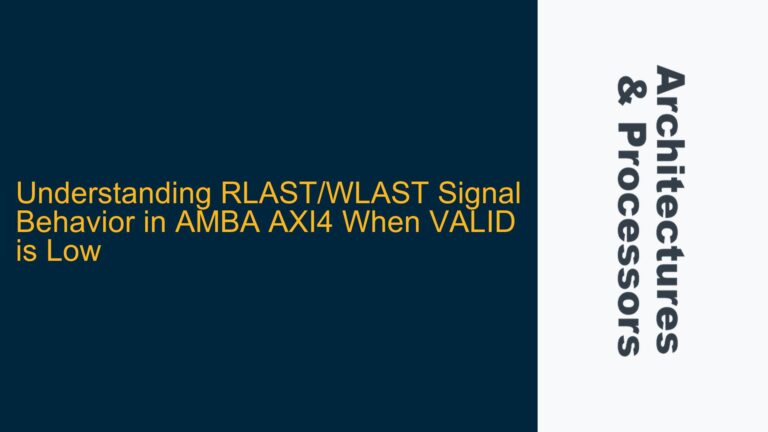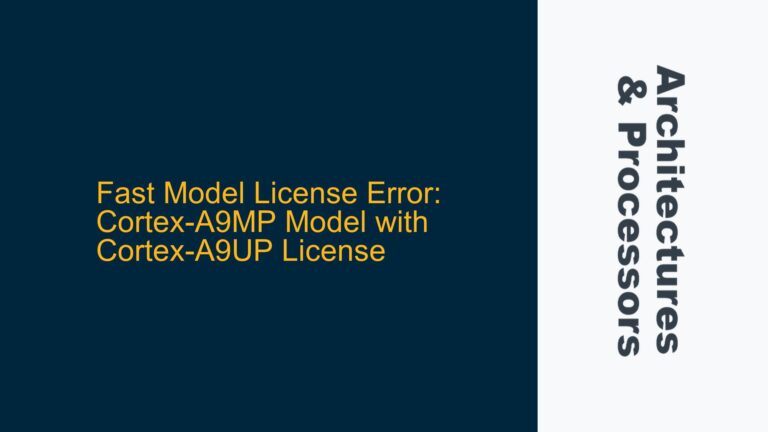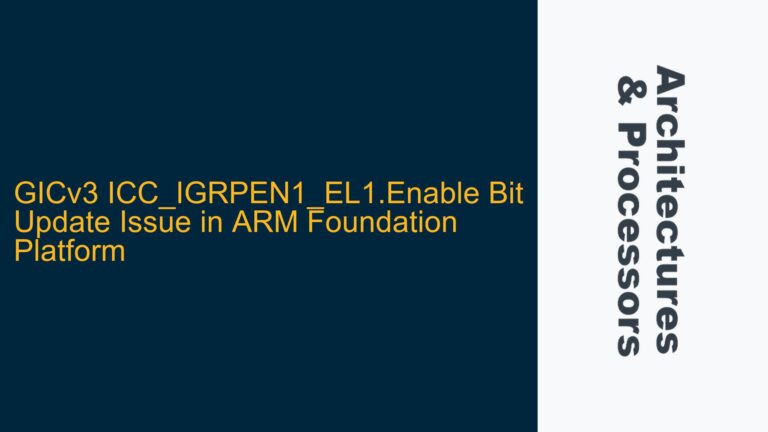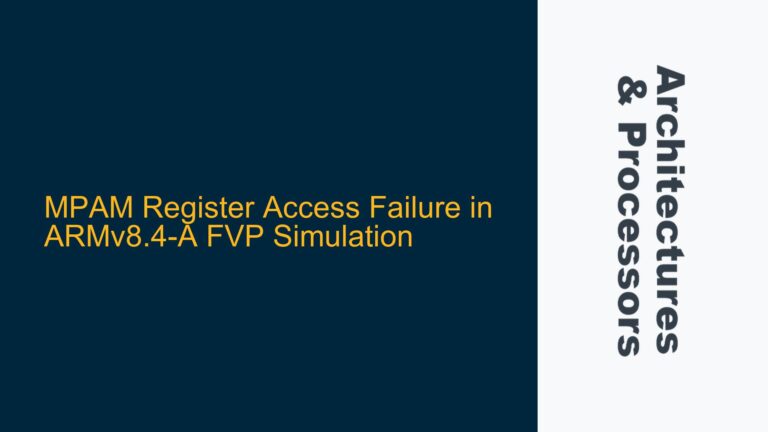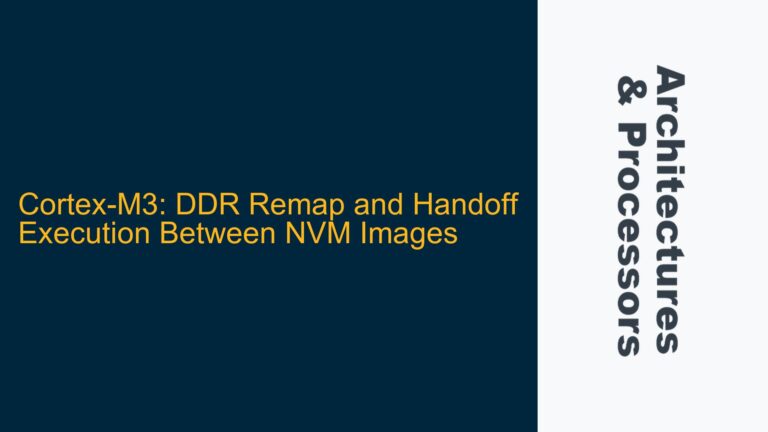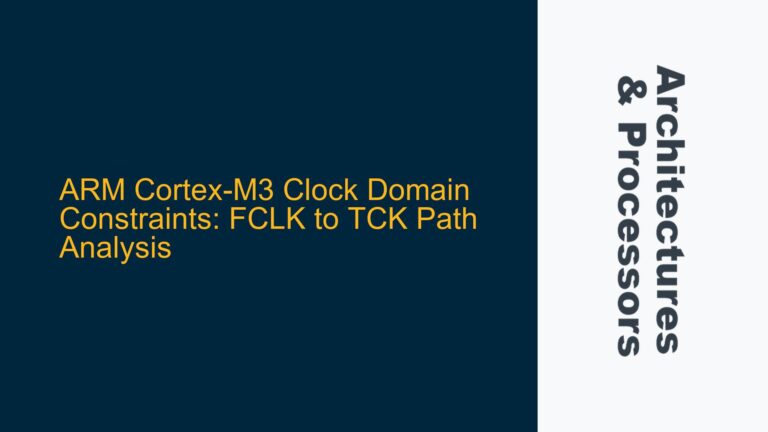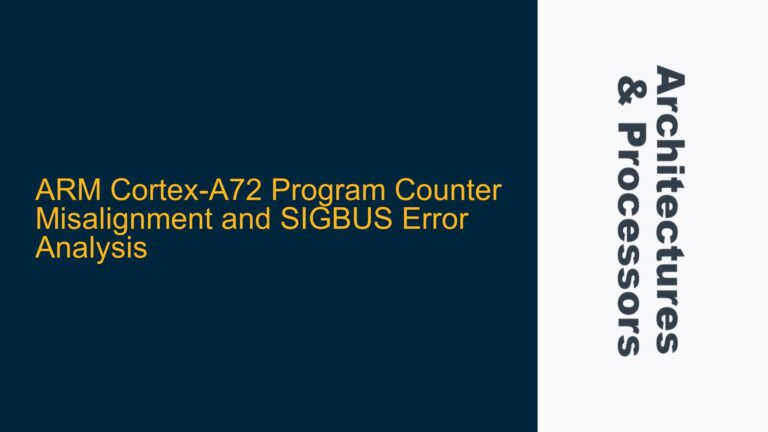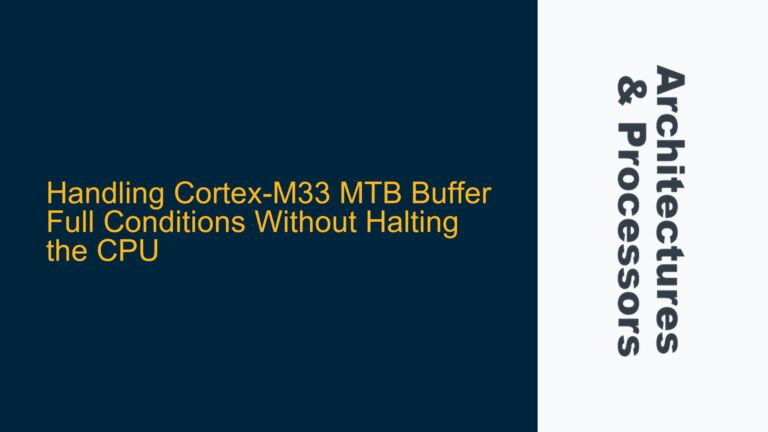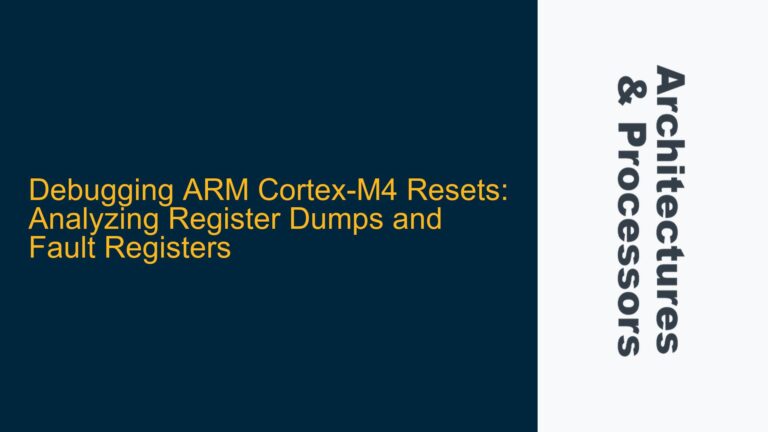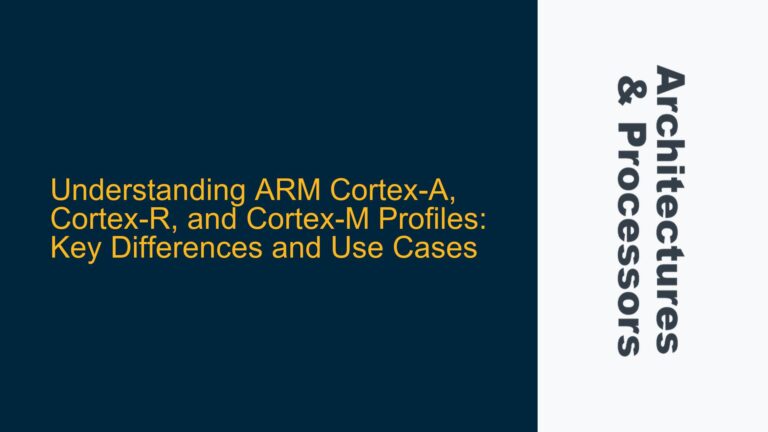RLAST/WLAST Signal Behavior in AMBA AXI4 When VALID is Low
RLAST/WLAST Signal Ambiguity During Non-Transactional States The behavior of the RLAST and WLAST signals in the AMBA AXI4 protocol when no transaction is pending or when the VALID signal is low is a critical aspect of ensuring proper communication between master and slave devices. The AMBA AXI4 specification (IHI0022E) states that the slave must assert…
